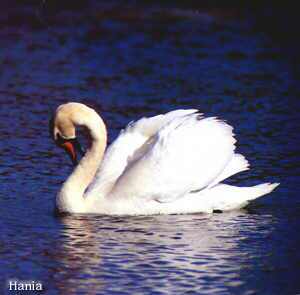|
Crete (Kriti)
is the largest Greek island. It is the border between
the Aegean and the Libyan seas and between Europe and
Africa. The climate is considered one ot the mildest
and healthiest in Europe.
The island is very mountainous. Deep gorges split its
huge mountains (Lefka Ori, Psiloritis, Dikti) leading
to fertile valleys, creating a landscape full of surprises,
which changes minute by minute, here bare and wild,
there green and peaceful.
|

|
|
More than 3,000 large and small caves, several of them
with impressive stalactites and stalagmites and of special
interest, honeycomb the mountains. Untrodden rocky coasts,
vast sandy beaches, and pebbled shors define the seaside.
Dry-stone farm buildings, villages perching on high
plateaus, monasteries, isolated castles and chapels
dot the countryside. Villages drowning in green, olive
green, vine green, citrus green, and vegetable green,
add living colour to the sometimes harsh views. Villages
in which life's traditional Cretan rhythms have not
changed in centuries: coffee under the shade of old
trees, traditional dances, sousta and pentozali to the
sound of the Cretan lyre and the sweetness of Cretan
wine.
|